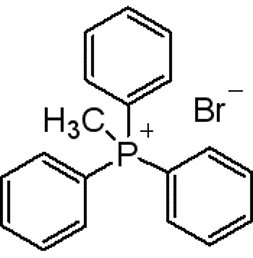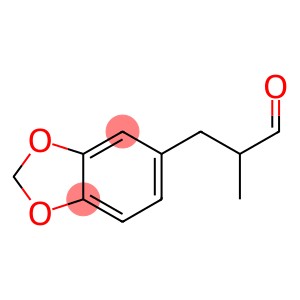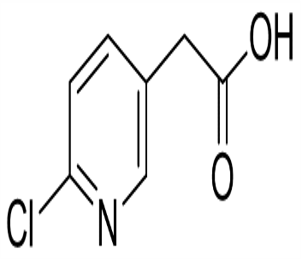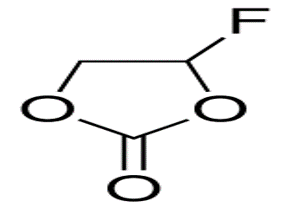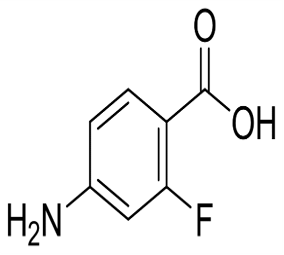Methyltriphenylphosphonium bromide(CAS# 1779-49-3)
Risk and Safety
| Risk Codes | R20/21/22 – Harmful by inhalation, in contact with skin and if swallowed. R36/37/38 – Irritating to eyes, respiratory system and skin. |
| Safety Description | S36/37 – Wear suitable protective clothing and gloves. S36 – Wear suitable protective clothing. S26 – In case of contact with eyes, rinse immediately with plenty of water and seek medical advice. |
| UN IDs | UN 1390 4.3/PG 2 |
| WGK Germany | 3 |
| TSCA | T |
| HS Code | 29310095 |
| Hazard Class | 6.1 |
| Packing Group | III |
| Toxicity | LD50 orally in Rabbit: 118 mg/kg |
Methyltriphenylphosphonium bromide(CAS# 1779-49-3) introduction
Methyltriphenylphosphine bromide is an organic compound. The following is an introduction to the properties, uses, preparation methods and safety information of methyltriphenylphosphine bromide:
Quality:
- Methyltriphenylphosphine bromide is a colorless or light yellow solid that is stable in air and difficult to dissolve in water, but can be soluble in common organic solvents.
- It has a strong odor and is irritating to the eyes and respiratory tract.
- Methyltriphenylphosphine bromide is an electrophilic, phosphine reagent.
Use:
- Methyltriphenylphosphine bromide is widely used as a phosphine source in organic synthesis, especially in olefin addition reactions and nucleophilic substitution reactions.
- It can be used as an ingredient in aerosols and flammable agents.
- Methyltriphenylphosphine bromide can also be used in metal-catalyzed reactions, bioactive substance research and other fields.
Method:
- Methyltriphenylphosphine bromide can be prepared by the reaction of phosphorus bromide and triphenylphosphine under alkaline conditions.
Safety Information:
- Methyltriphenylphosphine bromide is irritating and should be used with appropriate protective equipment such as gloves and glasses.
- Avoid inhalation or contact with the skin during operation.
- Store away from fire and oxidizers, and keep the container tightly sealed.
- Pay attention to the protection of the environment during use and storage, and avoid discharge into water or soil.


